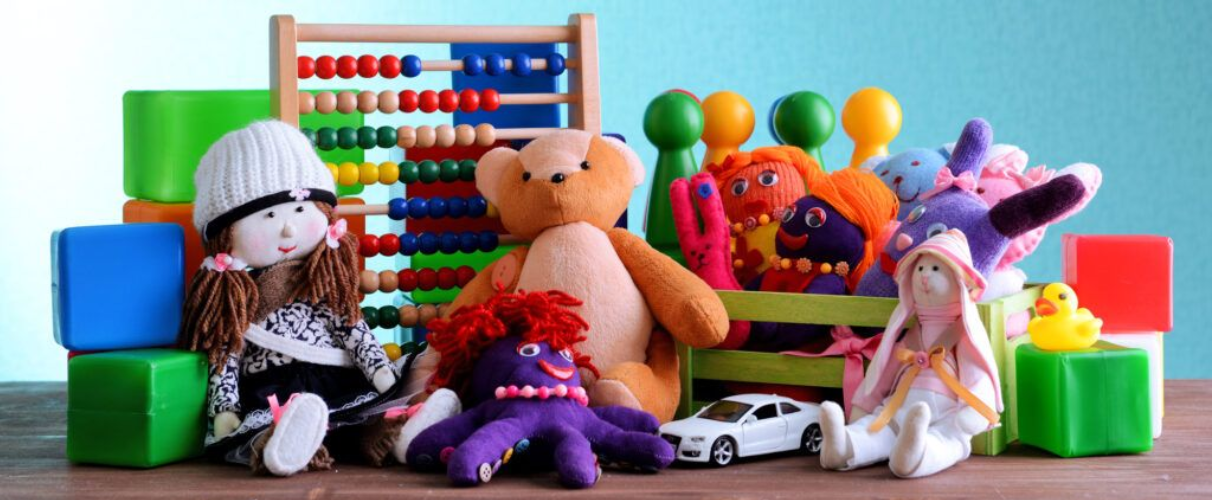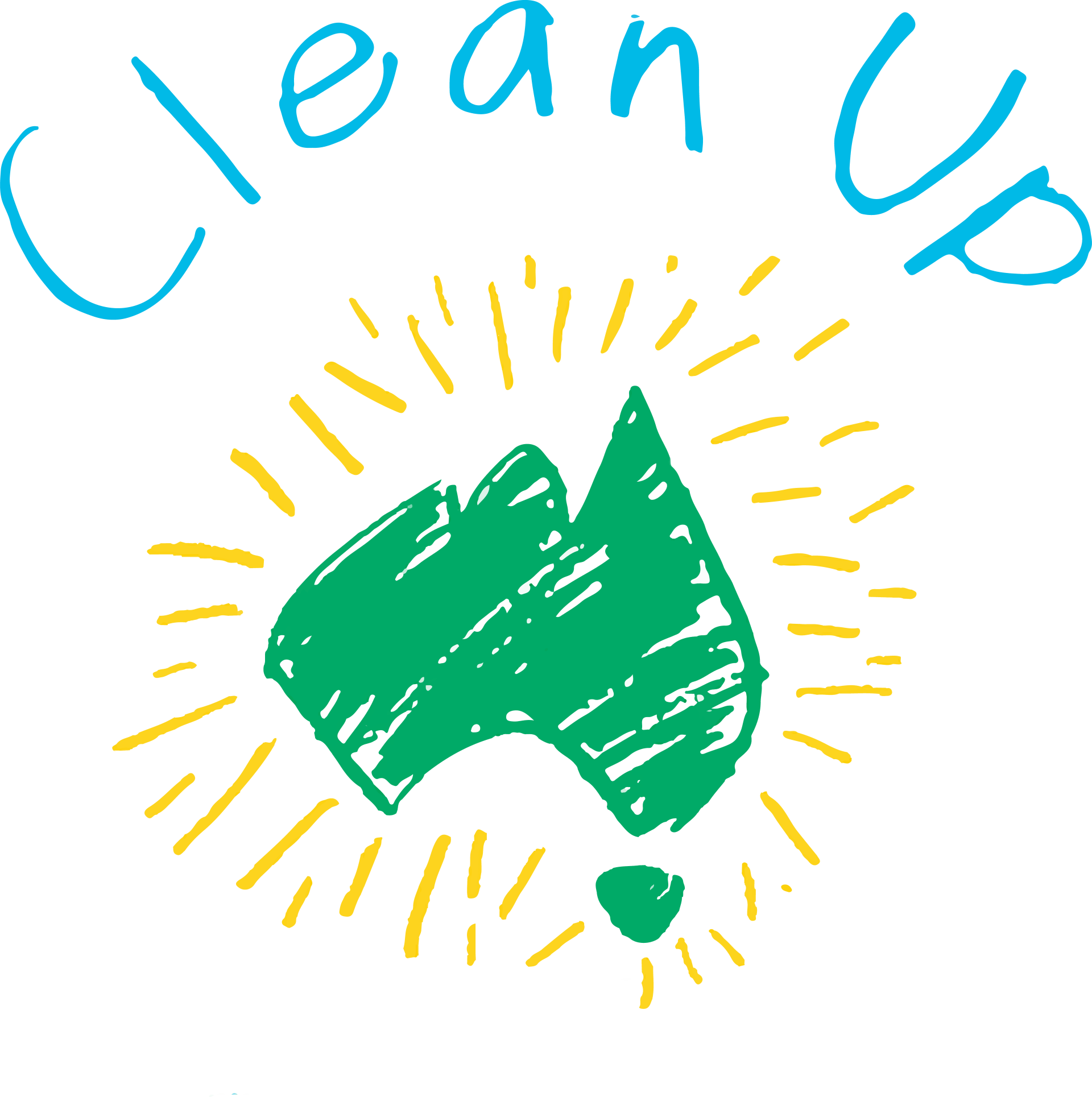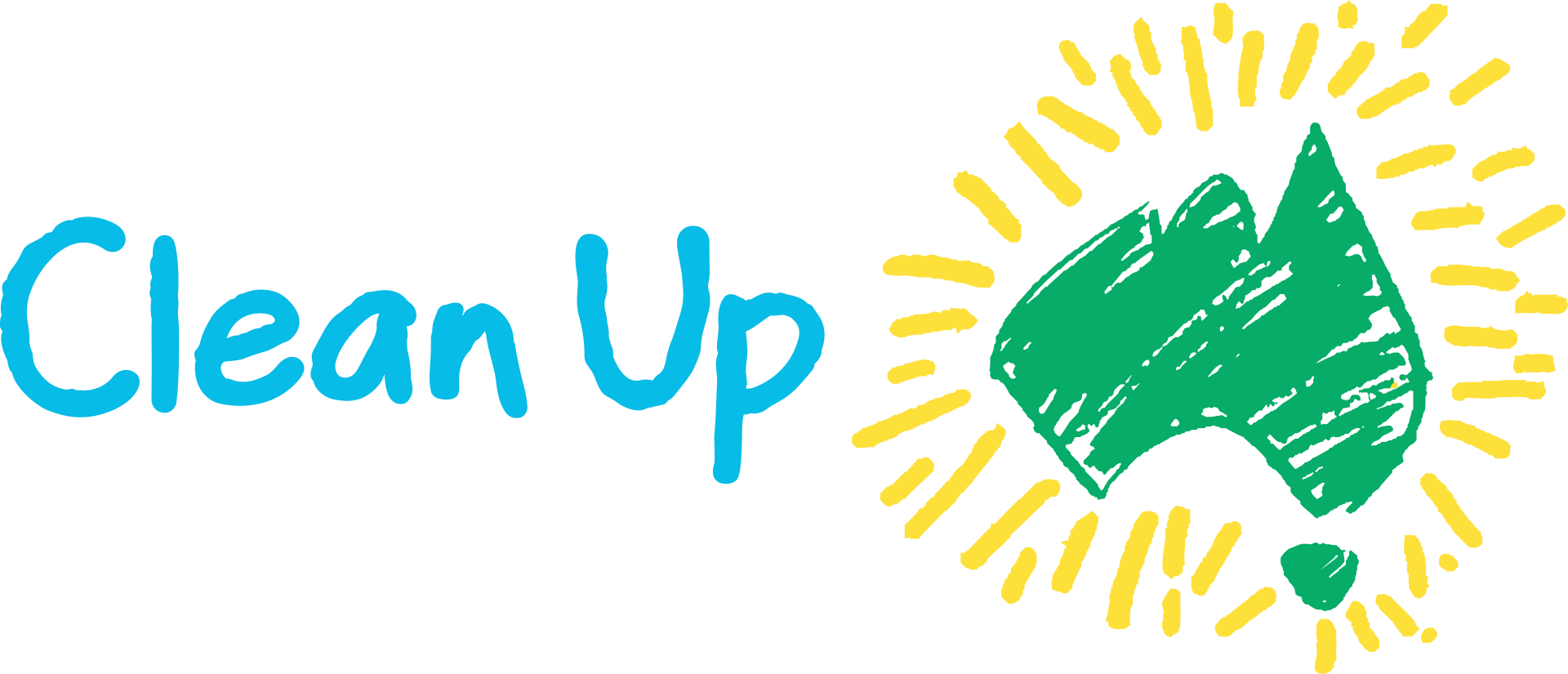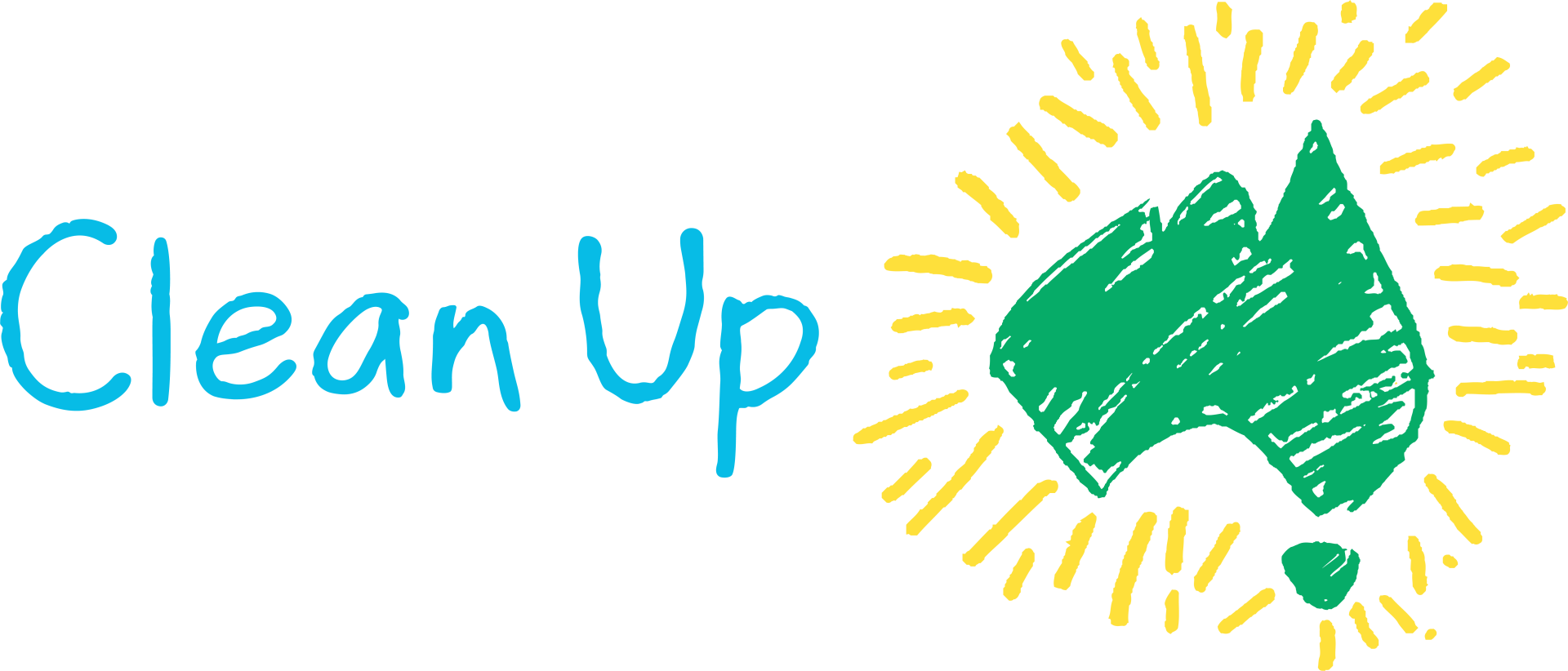Toy Swapping: Teaching Kids About Sustainability
Toy swapping is a practical and engaging way to teach kids about sustainability. It offers several benefits that go beyond just saving money.

Toy waste is a serious problem. In Australia, it’s estimated that nearly 27 million toys are thrown out every year. Could toy waste be reduced if we swap our toys instead of buying new ones?
Toy swapping is where families exchange their unwanted yet still functional toys for “new-to-them” toys, usually at an event organised by a local council, school, community group or not-for-profit organisation.
Just like borrowing toys from a toy library or buying second-hand toys, toy swapping contributes to a circular economy, where toys are enjoyed, then reused and recycled.
Toy swapping is also a powerful way to teach kids about sustainability, using items that are close to their hearts.
Keep reading to find out about some potential benefits of swapping toys, discover which toys may be suitable for swapping, and find out how you can get involved.
Benefits of swapping toys
There’s a lot of good that can come from getting kids involved in swapping their preloved toys with “new to them” toys. Some benefits of toy swapping include:
- Reduce, reuse and recycle: Instead of buying a new toy, kids learn to reuse a secondhand one. This helps reduce the demand for new manufacturing and waste.
- Caring for toys: Kids learn that a toy's life doesn’t have to end when they’re done with it. If the toys are treated well, they can be enjoyed by others.
- Teaching empathy and generosity: Kids can discover the joy of giving a toy they no longer play with to someone else. They also experience the thrill of receiving a toy that is “new to them”.
- Access to a wider range of toys: More variety means less boredom and more learning opportunities.
Toy swaps are usually free to participate in; they are also a great way for families to save money.
Which toys are suitable for swapping?
- The toys you bring to a toy swap should be clean, safe and in good condition.
- Many good-quality plastic toys can be cleaned with a damp cloth, and plush toys (not battery-operated) can be suitable for a washing machine.
- To check if a toy is in good condition, look for evidence of deterioration. Choice recommends checking for breaks and small loose parts, as these can be choking hazards for babies and toddlers.
- Battery-operated toys should have battery compartments secured by screws to prevent children from prying them open.
- It’s also better if the toy is complete with no missing pieces. However, this can depend on the type of toy. For example, Lego sets with some missing pieces can still be used for ad-hoc creations.
- Check ACCC product recalls to ensure toys are safe.
Every toy swap has its own guidelines, which may include limits on how many toys can be exchanged, accepted age ranges, or the types of toys allowed. If the toy doesn't meet the guidelines, you'll need to take it home with you.
Borrow high quality toys from toy libraries
Rather than buying high-quality toys, another option is to borrow them from toy libraries. Using toy libraries is a great alternative to owning toys. You can save money and provide a continuous rotation of “new to them” items for your children to play with. Find your closest toy library here.
How to participate in a toy swap
Check your local area for any upcoming toy swap events and read the event guidelines in advance.
If you live in Sydney or Melbourne, two big toy swaps are coming up this year:
The Sydney Toy Swap is taking place in eight venues across Sydney and the Blue Mountains in September 2025. It’s led by Joy of Giving, a not-for-profit dedicated to reducing toy waste and inspiring behaviour change.
Joy of Giving’s Founder and Director, Jacky Lo, said that their toy swaps are always about more than just exchanging toys. “It’s an education opportunity and a way to connect deeply with families. At each event, we spend dedicated time with families to weigh and check the toys together, ensuring quality and safety while involving them in the process,” Lo said.
In Melbourne, The Big Toy Swap, presented by Zero Waste Victoria, at Federation Square in October 2025.
So, which toys are you ready to swap?
With every toy swapped, kids learn about the value of sharing and how to live in a more sustainable world.
By Dani Smith is a Freelance Writer and Researcher.
Search for other blog topics:


